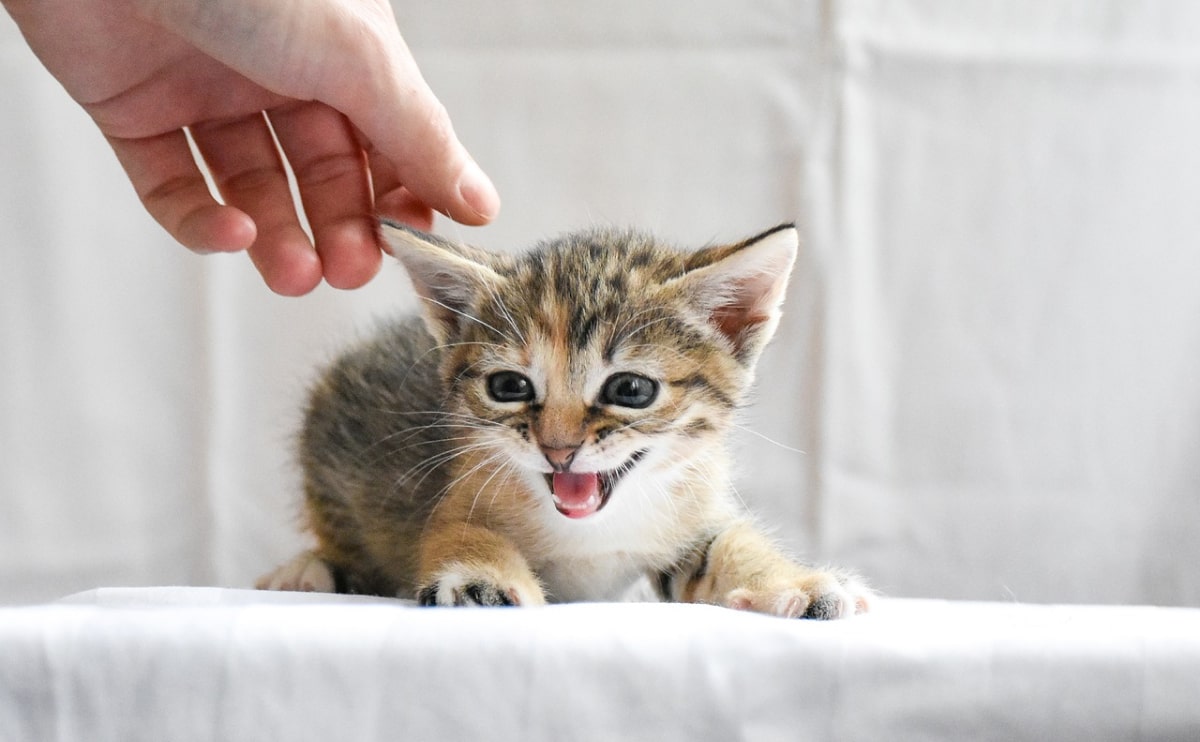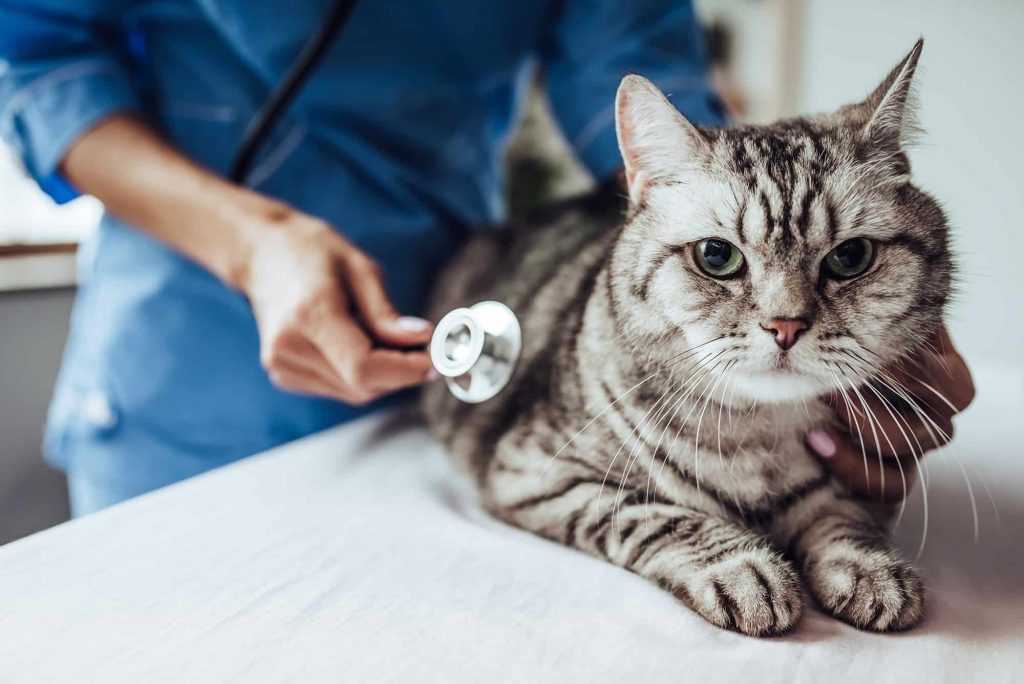Blog

How to Take Care of a Newly Adopted Cat

Adopting a kitten from a local animal shelter or rescue organization is a gratifying experience. A healthy, well-cared-for cat may live between 15 and 20 years, which means you have years of pleasure ahead with your new furry companion.
However, adopting a kitten is a significant commitment for which you must ensure you are prepared before making the decision. Kittens require instruction on norms and boundaries, as well as outlets for their endless energy. Here are some suggestions for caring for the newest family member.
Cat-Proof Your House
Kittens, like human infants, investigate the world through their tongues. This can put them in danger if they consume anything that could cause them to suffocate or is harmful. Before bringing your new kitten home, search for potentially hazardous objects, such as pharmaceuticals, electrical cables, and ribbons. Place these items in medical cabinets or plastic containers with tight-fitting covers. Do not assume that something is beyond of your cat’s grasp simply because it is on a high shelf, since cats improve their leaping abilities as they age.
Provide Suitable Toys
Kittens have a great deal of energy, which they must spend through proper means. If your kitten has an abundance of toys, he is less likely to become bored and seek out mischief. Toys that resemble prey animals because they have feathers or fur, make sounds, or move may be acceptable.
On the packaging of store-bought cat toys, the proper age of the cat should be indicated; pay close attention to this. Catnip has little effect on cats until they reach six months of age, so reserve the catnip toys until your cat achieves this milestone.
You may also build your own toys for your kitty. Just ensure their safety. For instance, paper bags are enjoyable for cats to climb in and out of, but the string handles must be removed first. Under no circumstances should you allow your kitty to play with ribbons or string. If she ingests it, it might become lodged in her intestines and cause her severe harm.
Get a Litterbox
Kittens have an instinctive inclination to pee and defecate on soft sand, a behavior that was likely reinforced by observing their mothers. Consequently, your cat likely already understands the purpose of a litterbox and only has to be shown where it is. If your cat requires further motivation, take him to the litterbox after playing or mealtime. Don’t attempt to compel him to do anything, but if he accomplishes what you want, provide him with praise and even a special reward. If he has an accident, be gentle with him and don’t chastise or criticize him. Simply clean up the mess and search for the next chance to compliment him.
Look for reasons why your cat is not using the litterbox if she does not appear to understand its purpose. Daily scooping of the litterbox is essential, since cats do not appreciate unclean litterboxes. If your kitten is still quite young, the litterbox’s sides may be too tall for her, so look for one with shorter sides. Put the litterbox in a hidden location to offer your cat some privacy. Avoid shocking her when she is using the litterbox, or she may develop a dread of it.
Feed Your Kitten the Appropriate Diet
Kittens have a greater caloric need than adult cats. Your kitten requires specially made food to suit his nutritional needs until he is one year old. When your kitten is small, it is acceptable to have dry food out at all times, but as he matures, he should have planned mealtimes to prevent weight gain. Similar to the litterbox, the feeding bowl should be sized so that your cat can reach it. Your cat should always have access to clean water. His food and drink should be kept in a separate room from his litterbox, if not in an entirely other room.
Offer a Scratching Post
Scratching allows cats to file down their claws. Instead of trying to prevent this activity, you could give a scratching post as a suitable outlet for it. Some cats also choose scratchers made of cardboard that sit on the floor. Reward your kitten for using the scratching post, and distract her when she attempts to scratch the furniture.
Find a Vet
When unexpected obstacles develop when rearing a new kitten, you will consult your veterinarian for guidance. If you do not already have a veterinarian, ask your cat-owning friends for recommendations. Schedule a consultation to introduce yourself and your pet to the veterinarian. While all veterinarians are trained to handle all sorts of pets, some are more experienced with cats than others. You should be able to determine this at your initial appointment.
Your Cat Should Be Spayed or Neutered
If your kitten is not already spayed or neutered, make arrangements to have this done immediately. Spaying or neutering your kitten does not have to wait until it is fully grown. It can occur at the age of eight weeks. Spaying and neutering eliminate undesirable habits, including as spraying and yowling, and lower the chance of future health problems for your cat.
Have patience with your cat, a sense of humor, and take pleasure at this unique time in his life. Therefore, make the most of your kittenhood while it lasts.
Petstup is an official seller of the many well-known pets brands, focused on improving the lives of pets, pet parents and our partners. We proudly offer a large variety of pet nutrition products and supplies competitively priced for dogs, cats, reptiles, fish, birds and small animals. Petstup is your one stop shop for all your pet’s needs. All our products are authentic, and pass all mandatory United States standards and veterinary practices. We run several warehouses across the United States to serve you better and faster.























